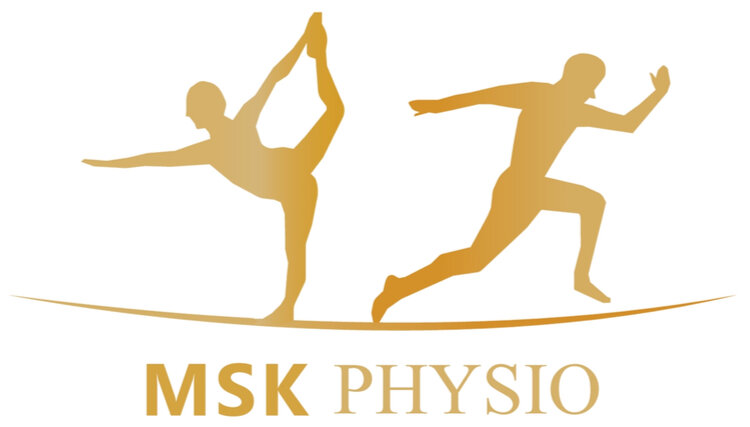Seddon's Nerve Injury Classification
Seddon's classification, which is used in a clinical setting, consists of three terms to describe peripheral nerve injuries based on severity. Ranging from least to most severe, these are: Neuropraxia, Axonotmesis and Neurotmesis.
Neuropraxia - This is the mildest form of nerve injury, involving temporary loss of function due to compression or stretching of the nerve. The nerve remains intact, and recovery is usually complete. Here, there is little or no structural damage with no loss of nerve continuity. Symptoms are transient and most likely due to an ion-induced conduction block, thought to result from a mixture of mechanical compression and ischaemia. There is no severance or tearing of the neural elements and there is little or no histological change seen.
Examples of this type of injury include entrapment neuropathies, such as carpal tunnel syndrome, a radial nerve paralysis caused by pressure on the arm after the person has fallen asleep. There is good recovery from neuropraxia, normally within a shorter rime frame.
Axonotmesis - In this type of nerve injury, there is damage to the axon (nerve fibre) but the surrounding connective tissue (the nerve sheath) remains intact. Recovery is possible, but it may take longer than neuropraxia because the axon needs to regenerate. This type of injury may be seen in isolation, as with a birth-related brachial plexus injury, or in association with fractures such as a radial nerve injury secondary to a humeral fracture. Lacerations, including those caused by broken glass, are also a common type of injury that may cause axonotmesis.
Neurotmesis: This is the most severe form of nerve injury, involving complete transection of the nerve. Without surgical intervention, recovery is unlikely as the nerve cannot regenerate across the gap. Surgery may be required to repair the nerve and restore function.

